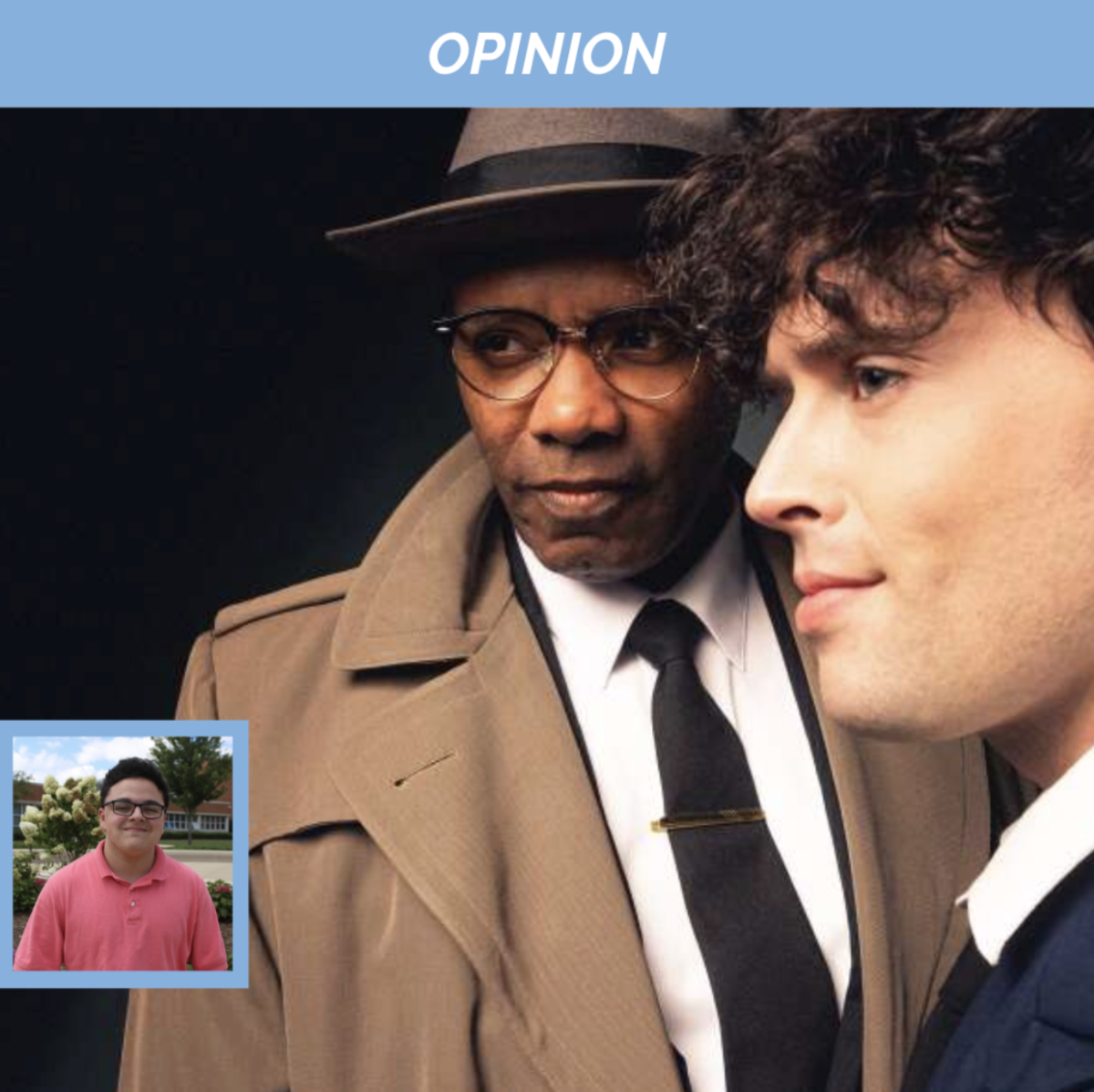 By Andrew Revord
By Andrew Revord
News Editor
About two or three hours into the single player campaign of “Halo: Reach,” I was tasked with disabling the shields on a massive Covenant structure. If I succeed, I might give humanity a fighting chance at repelling the alien invaders. To accomplish this, I had to fight my way to the top of the tower to get to the shields.
After fighting through tight corridors and hordes of enemies, I reached the shield controls and turned them off. As I escaped the tower in a helicopter, I was treated to a bird’s eye view of the tower being demolished by a human frigate.
But my excitement is shortlived the frigate randomly explodes, shot down by an even larger Covenant warship that had been kept invisible by a cloaking device on the tower
It is moments of hopelessness like this that define “Reach’s” campaign. Every accomplishment is met with an even bigger setback; a desperate struggle against the inevitable.
This won’t come as a surprise to anyone who is familiar with “Halo’s” mythology. What might come as a surprise to some is the fact that “Reach’s” campaign is still perhaps the best one yet in this beloved series.
In fact, game developers Bungie have taken everything about the “Halo” series to the next level with “Reach.”
In the campaign, players are put into the shoes of Noble Six, the newest member of Noble team, who are Spartan super-soldiers just like series icon Master Chief.
The game is set on planet Reach, in the last days before it is wiped out in a Covenant attack.
The campaign is still based off the familiar “Halo” formula, but adds enough variety to keep it fresh. Where previous series entries would wait whole levels to change up the gameplay, “Reach” mixes it up in several times in every level.
In a mission called “Exodus,” I went from singlehandedly fighting off Covenant suicide squads to jumping across rooftops on on a jetpack with a team of commandos to going into a full-out war with the Covenant.
One of the most important additions to the gameplay are the “armor abilities” that replace the clunky equipment system from “Halo 3” and “ODST.” These abilities range from temporary invisibility to a being able to evade enemy fire, and add some stategy and variety to both singleplayer and multiplayer, as each ability has its advantages and disadvantages. Drop shields provide instant cover, but can be destroyed when shot at enough. Invisibility can hide a player completely, unless the player moves or starts taking fire. I still don’t know why the ability to sprint needs to be considered a power, but all the powers are balanced and work well.
Another noteworthy first-time addition to the campaign was the flying space combat section. While it made for a fun diversion, it felt like little more than an afterthought. Don’t get me wrong, it was polished and enjoyable, but just not necessary. Maybe it would have felt more purposeful if it had made some kind of multiplayer incarnation.
Even the familiar Covenant enemies are smarter than ever before, making every encounter less predictable.
The battles have been scaled up so much that small skirmishes are now the exception, not the rule.
However, the fighting isn’t just bigger, it is more epic. In fact, these larger battles have more jaw-dropping cinematic moments than any other “Halo” game to date.
It is these moments that truly set “Reach” apart.
In addition to gameplay variety, Reach’s environments are more diverse than the handful of cookie-cutter levels from previous “Halo” games. And thanks to the best graphics in the series, the environments and everything else look more beautiful than ever before.
Yes, even the human characters no longer have the facial expressions of Muppets.
As fans might expect, the awesome campaign, despite its awesomeness, is not what keeps people returning to any “Halo” game. “Halo’s” multiplayer mode is what has always kept gamers slamming six-packs of Monster while remaining glued to their screens well into the night.
“Reach” is no exception.
Multiplayer still retains everything that makes it great, but now has something to please everything to please everyone.
Matchmaking, which has always been a series strength, now makes it easier than ever for anyone to find the right gametype and players for them.
Regardless of whether players want serious competition, or just to have fun; whether they want to play the new Invasion mode or just some good old Team Slayer, “Reach” will find the right match for you.
The veto system has been replaced with an improved voting system that lets players vote on one of several similar game modes. Whichever one gets the most votes is the one that is played.
Firefight mode, decidedly the best feature of previous entry “Halo: ODST,” makes an even more robust return in “Reach.”
In addition to the original mode, several variants have been introduced.
OK, OK. Let’s have a reality check. “Halo: Reach” is not, I repeat, NOT perfect. The campaign protagonists still remain loyal to the “Halo” tradition of being completely underdeveloped. The checkpoints can occasionally make players repeat difficult sections upon death. Matchmaking still doesn’t guarantee that you won’t ever be stuck with a bunch of whiney eight-year olds, ridiculously good players who delight in handing you cheap deaths, or some awful combination of both groups.
But overall, “Reach” is the most complete Halo experience yet. “Reach” will please everyone in one way or another.
Categories:
New 'Halo' game 'Reach'-es for the stars
October 21, 2010
Donate to ProspectorNow
In order to get better at what we do; making the best multimedia student journalism in the state, we need funds to purchase equipment like cameras, and software like the website you're reading this on right now. If you've ever found anything of worth on this website, please consider donating to offset the cost.





